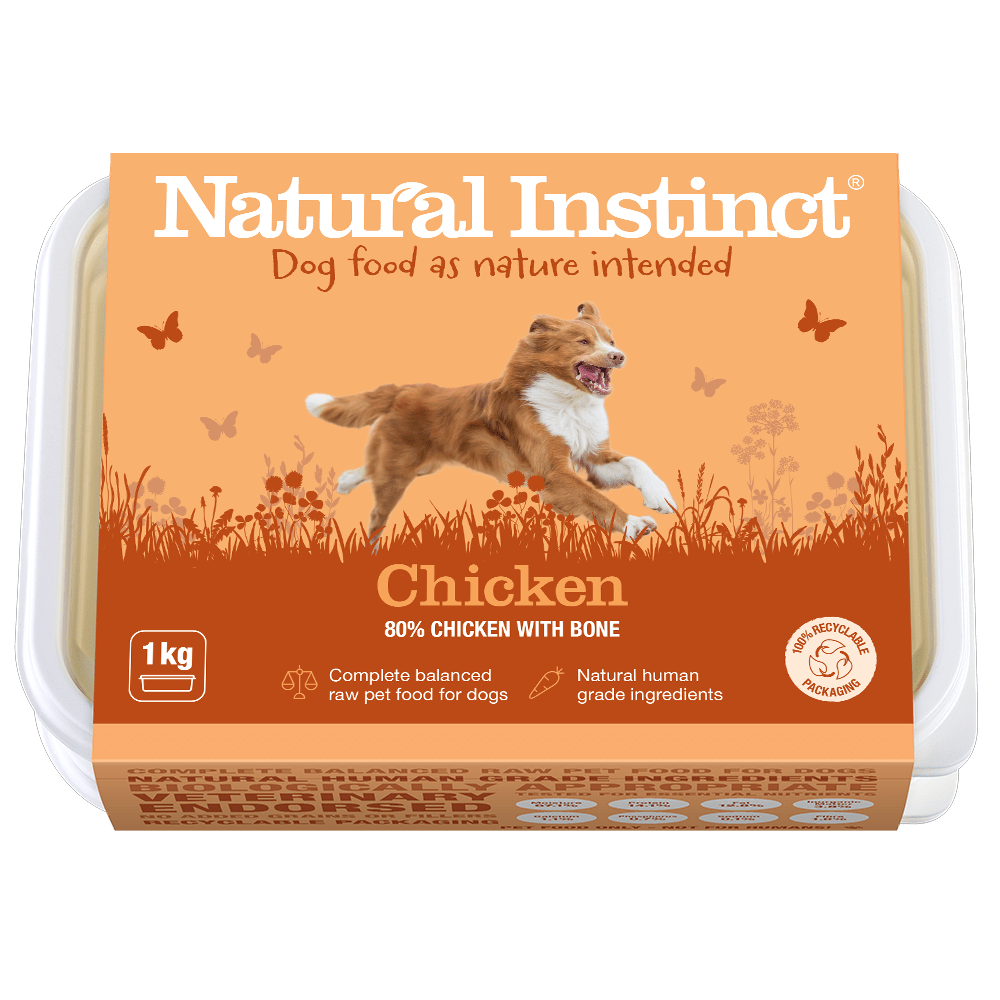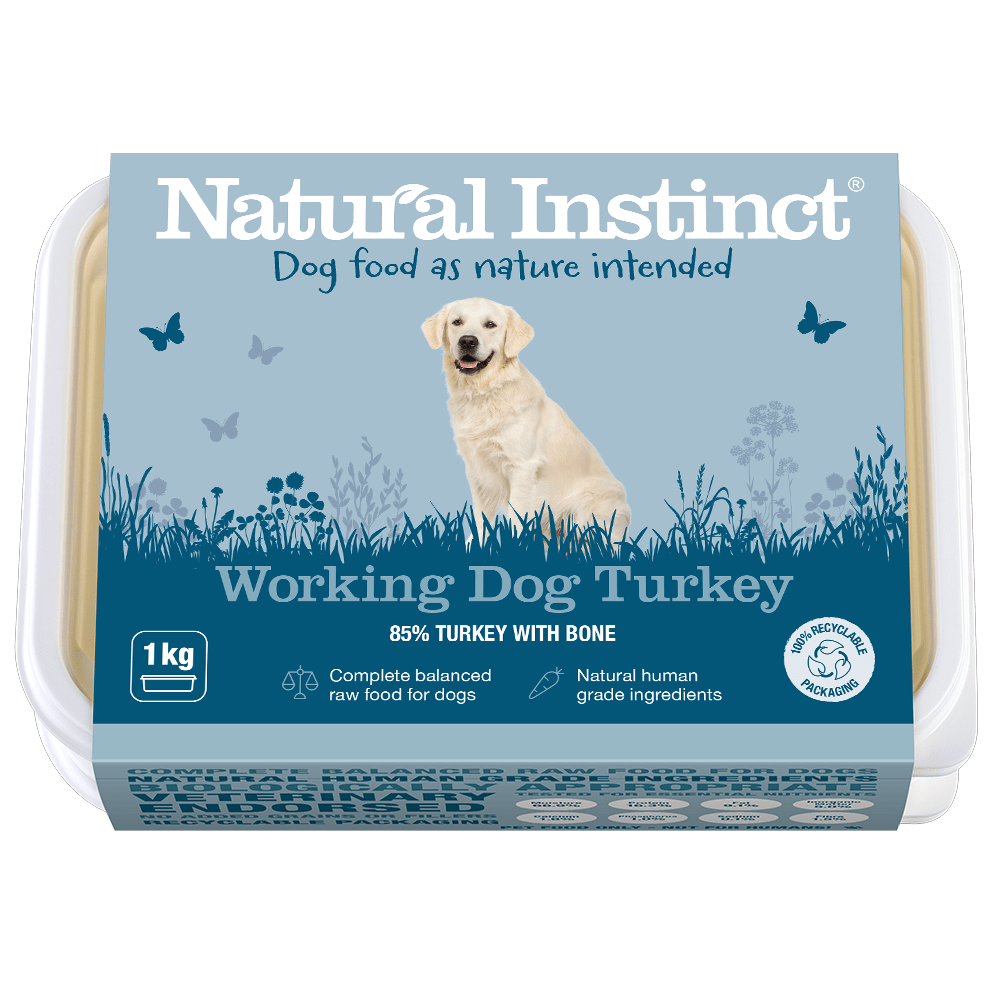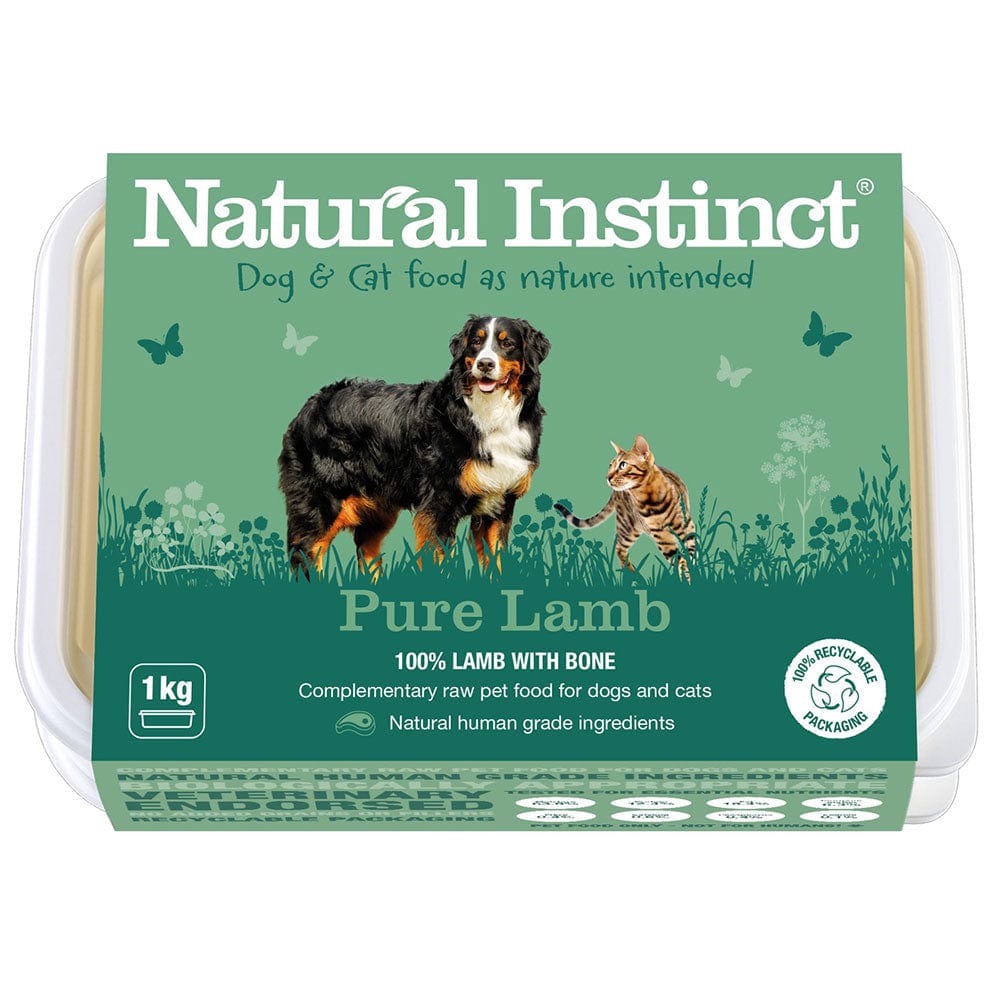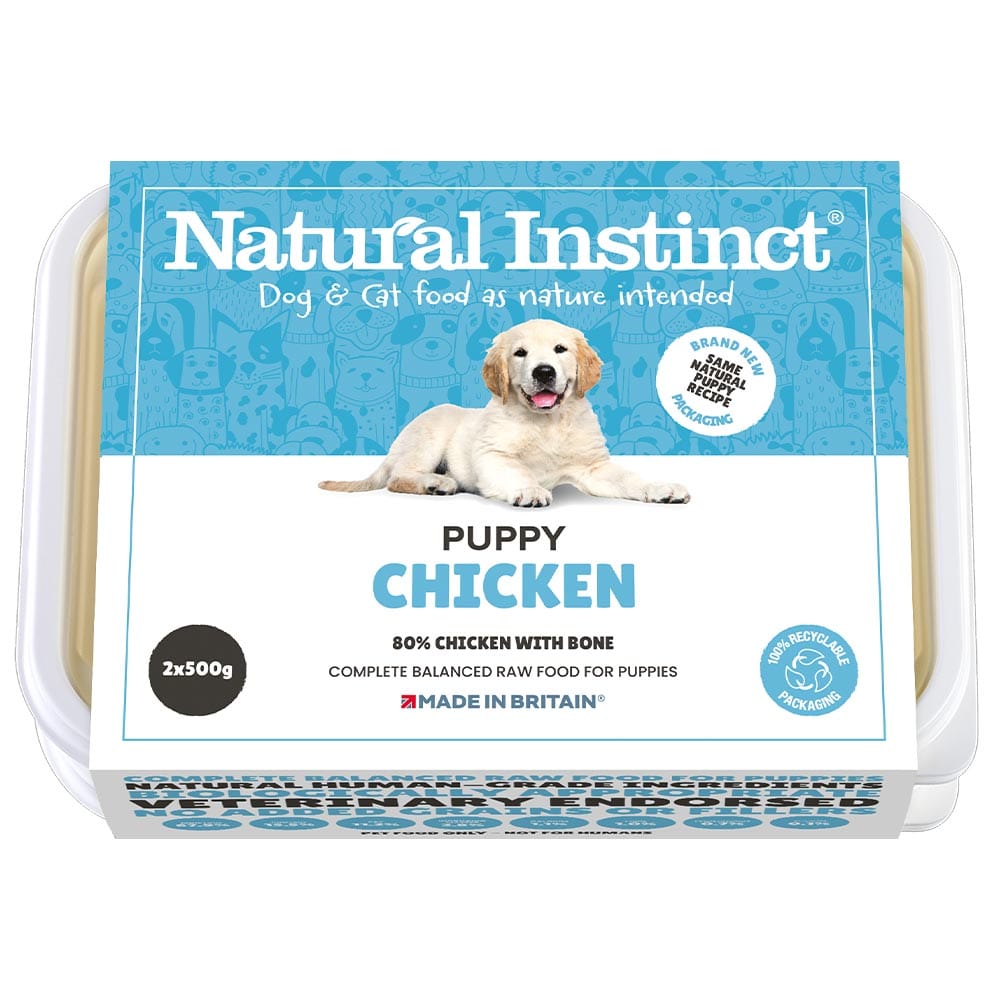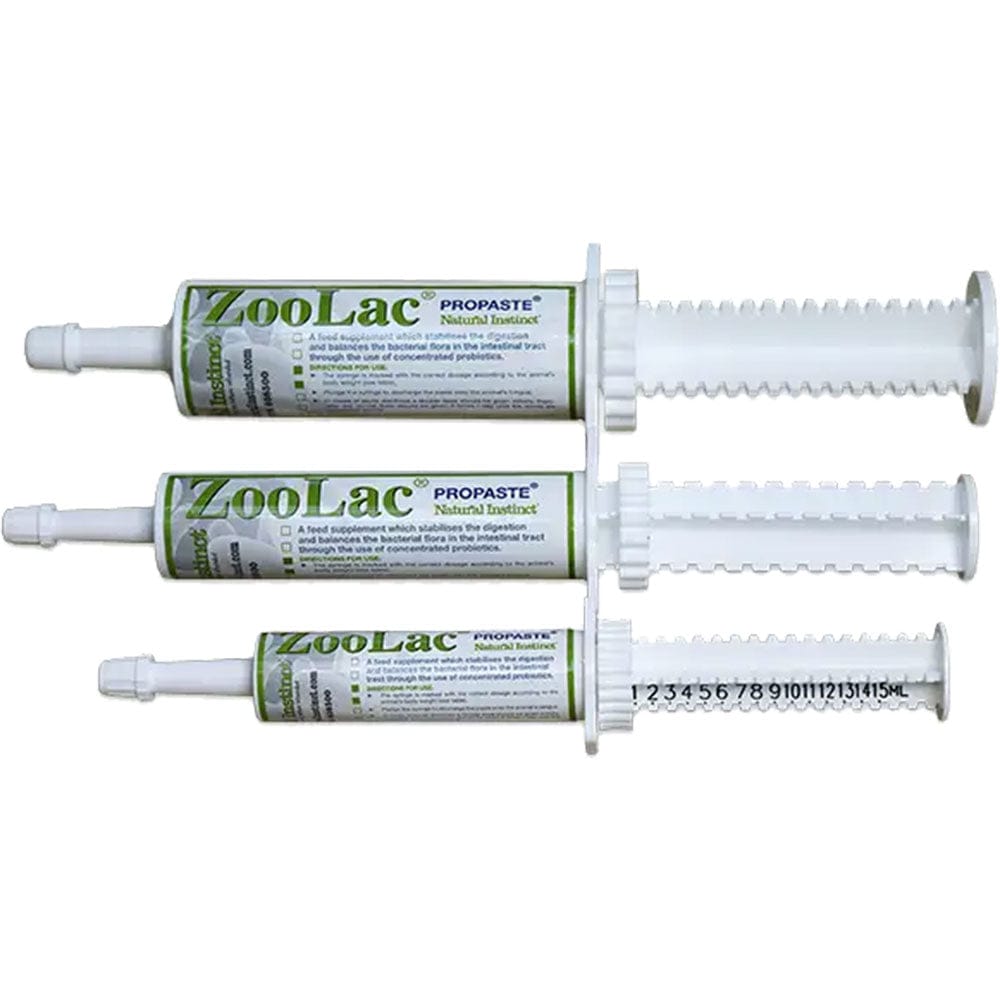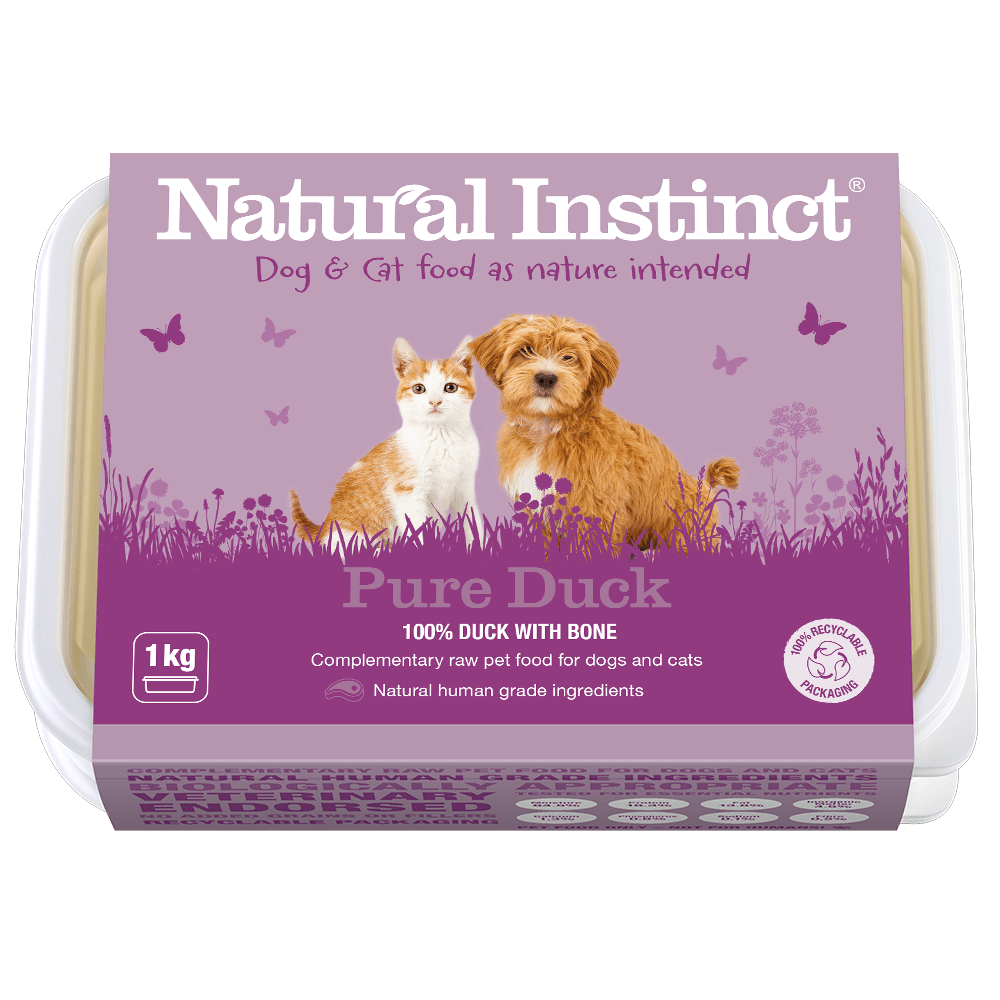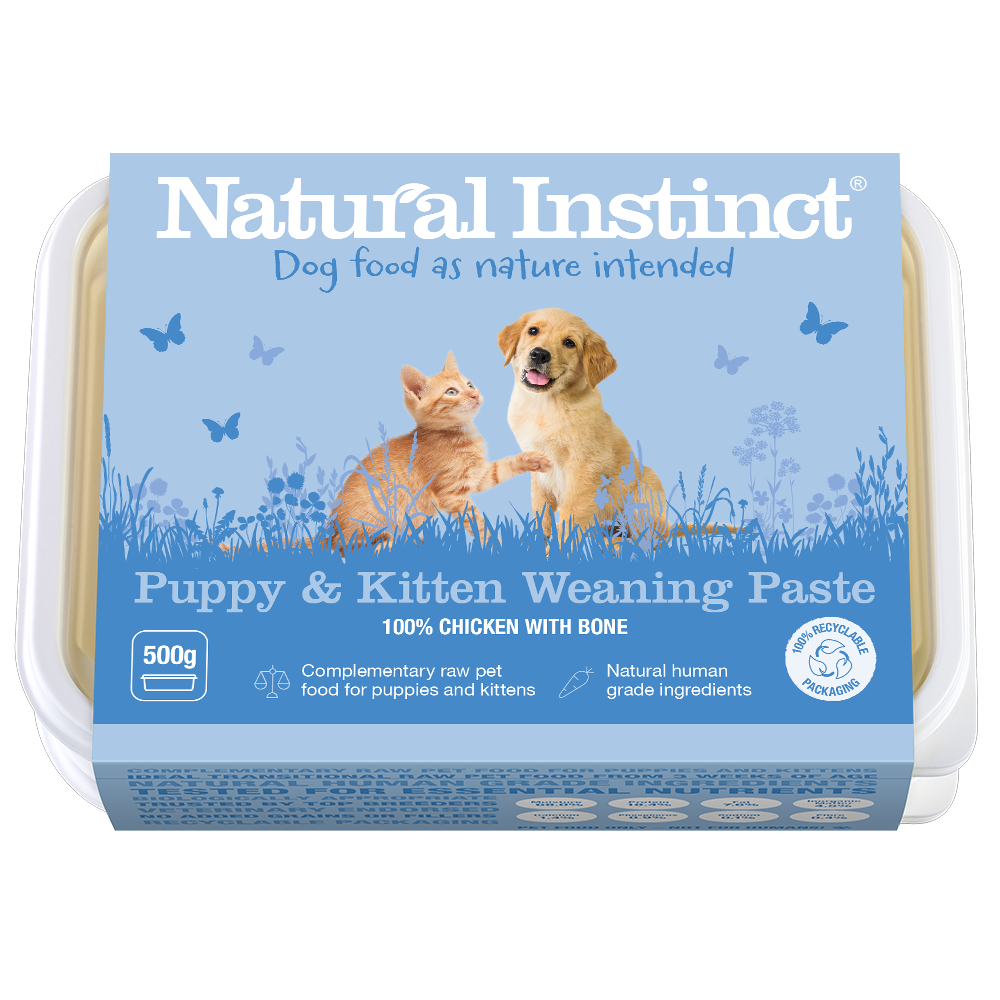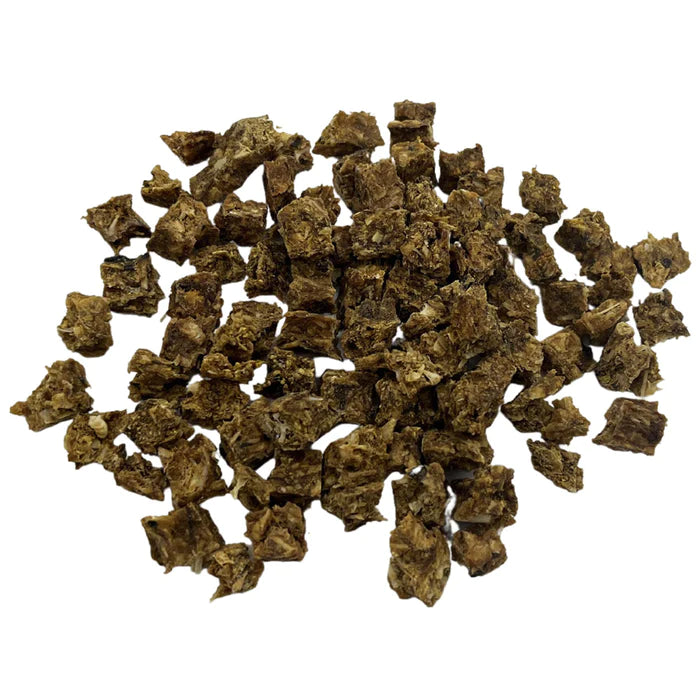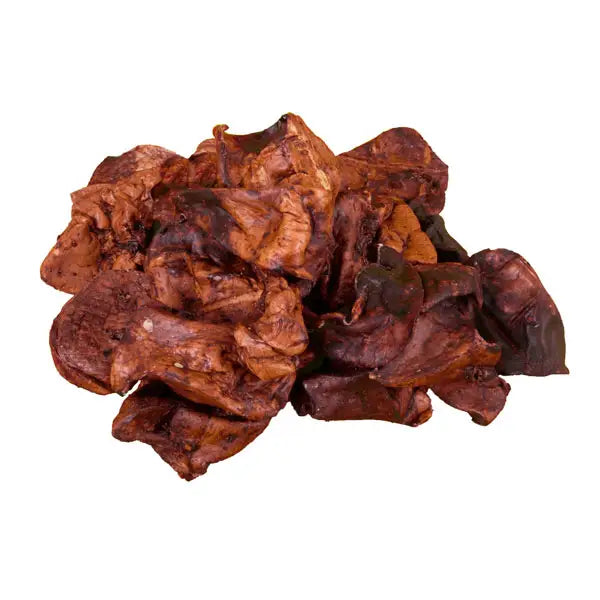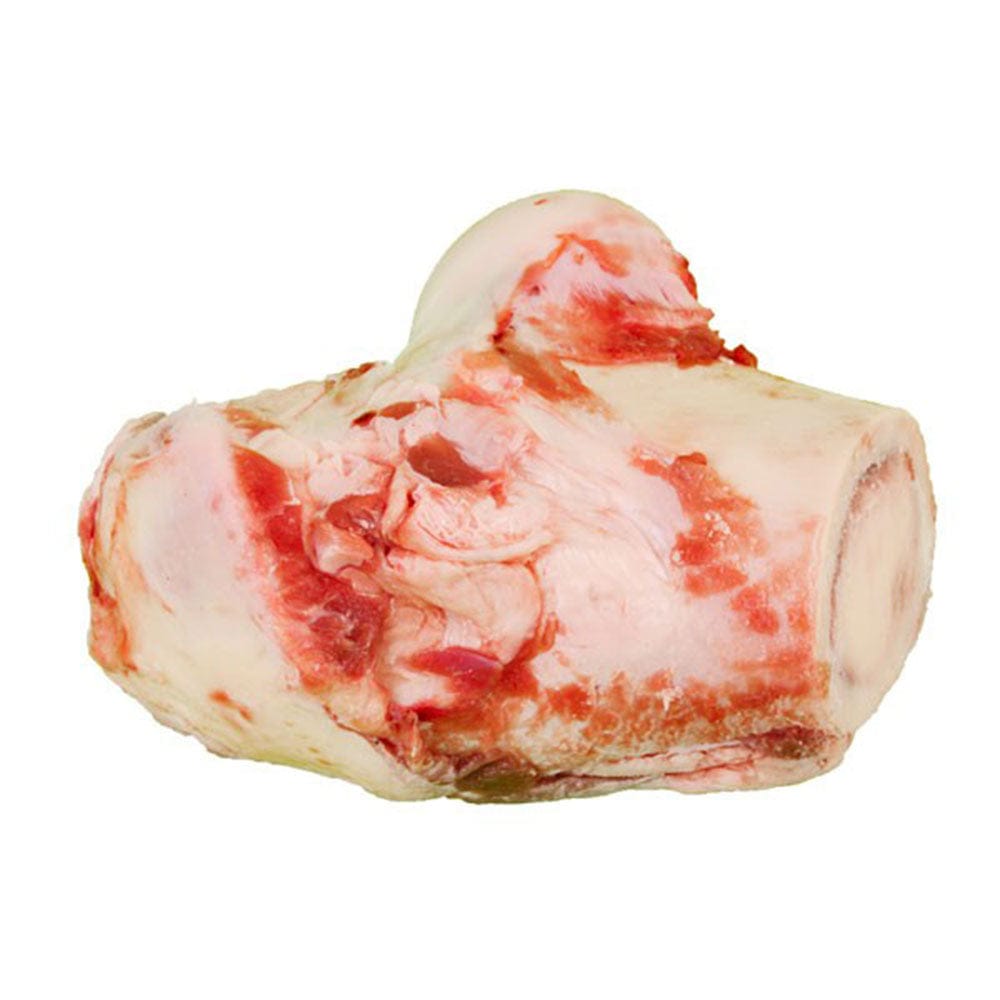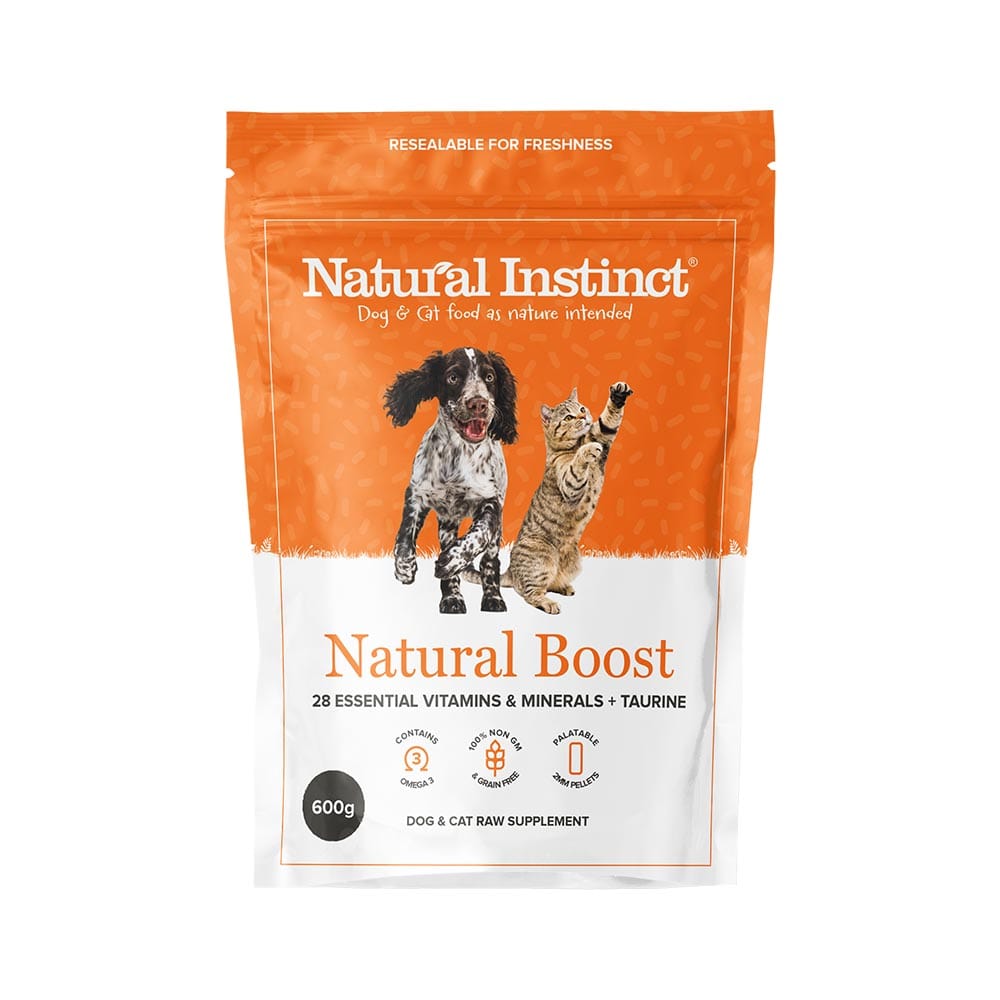“Treat yourself to a pot of neem and some DE, because once the dream team is in the house, it’s curtains!”
If you’re looking for a natural and proven way to kill and keep on top of fleas and mites, both on your pets and around the home and garden, look no further. Introducing the parasite-killing dream team; neem and diatomaceous earth. Both will kill and keep down fleas, mites, bed bugs and mosquitos by killing their eggs, larvae (and the adults!).
Neem: Derived from the neem tree (the best can be found in India). You can eat the leaf and use its oil externally in shampoos and sprays.
Diatomaceous Earth: Made of diatoms, an algae found in rocks and stone, whose outer layer is made of silica.
How do they work?
Neem oil affects the parasite's central nervous system, disorientating them and taking away their sex drive. As a result, they become confused and have no desire to reproduce.
The number one rule with neem oil is to buy organic, preferably from India. Warning, it must smell a bit like bad cabbage! If it smells lovely, it’s had the active ingredient taken out, plus it may have added essential oils, which can be harmful to cats.
Diatomaceous earth, or DE as it is commonly known, is predominantly made up of silica which is effectively microscopic razor blades. They slice into exoskeletons, egg casings and larvae cocoons in order to dehydrate parasites to death.
How do you treat your dog or cat if they have fleas?
Neem:
The first thing to do is bathe the dog in a good neem shampoo. Leave it on for ten minutes or as long as you can, and then rinse off. You can distract your dog in the meantime with treats and squeaky toys. Watch those fleas swirl down the plughole – It’s your satisfying reward!
With cats, you can do two things; shampoo them or put pure neem oil on the back of their necks, right on the skin. Rub a little onto the inside of their ears, only the top part, under the chin, and the base of the tail is good too if you can get your cat to comply. Make sure to rub it right in on the skin until it’s absorbed.
It is important to note that essential oils can be fatal to cats because they lick a lot, it is possible they may ingest an oil that’s for external use only. Neem is not an essential oil, so you can use it, just use sparingly and always rub any neem oil into the skin until it’s fully absorbed.
Secondly, you can make up a spray of neem oil and spritz them where the fur is sparse, the groin, armpits and belly. It won’t smell the best, but if you rub it right in, it will go on a parasite rampage for you. Neem degrades in water, so only mix what you can use in 24 hours. The rule of thumb is 5ml of neem to 1 litre of water, with a few drops of washing-up liquid to emulsify the mix (adjust to suit). Spray them once a week after that or until your infestation has gone.
Diatomaceous earth
As DE is such a fine powder, it can cause irritation to the lungs, eyes and skin, so dusting the dog or cat with it is not recommended. You don’t want either of you inhaling it, and it won’t be effective anyway. Therefore, DE is best saved for use in the home and garden.
How do you protect your home and garden?
If your dog or cat has fleas, pound to a penny, your home is infested too. So, how do you protect your home?
Diatomaceous earth:
Larvae, eggs, and cocoons love your floors, especially the cracks. Sprinkle DE onto your hard floors into the cracks and where the skirting boards meet the floor. Ensure you sprinkle DE near to the floor, not from a height and wear a mask. Also, sprinkle it outside on the patio or decking. Brush it into the cracks with a broom and leave for a couple of days. Hoover it all up, then repeat. Any parasites in whatever life stage they’re in will be gone.
Neem:
Wash any bedding and blankets where your pets sleep on as high a temperature as the care label allows. Then spray a little of the neem spray in their bedding (do a patch test first on an area you can’t see). You can mix it with a little lavender oil because the cat won’t be able to lick it off bedding, for example.
Spray every few days, and this will help protect your home from fleas. You can also use the spray on soft furnishings, but you must test a small area first so as not to damage fabrics.
Conclusion? Treat yourself to a pot of neem and some DE, because once the dream team is in the house…it’s curtains!
To note: Neem oil is for external use, and neem leaf is for internal use. Never confuse oil with bark. Always rub neem oil into the skin until it’s fully absorbed.
Written by Kate Bendix
Writer and Author of My Itchy Dog, The Dog Diet and founder of Worm Counts for Dogs
References:
-
Guerrini, V.H. and Kriticos, C.M. (1998). Effects of azadirachtin on Ctenocephalides felis in the dog and the cat. Veterinary Parasitology, [online] 74(2-4), pp.289–297. doi:10.1016/s0304-4017(97)00042-3
-
Zeni, V., Baliota, G.V., Benelli, G., Canale, A. and Athanassiou, C.G. (2021). Diatomaceous Earth for Arthropod Pest Control: Back to the Future. Molecules, [online] 26(24), p.7487. doi:10.3390/molecules26247487
